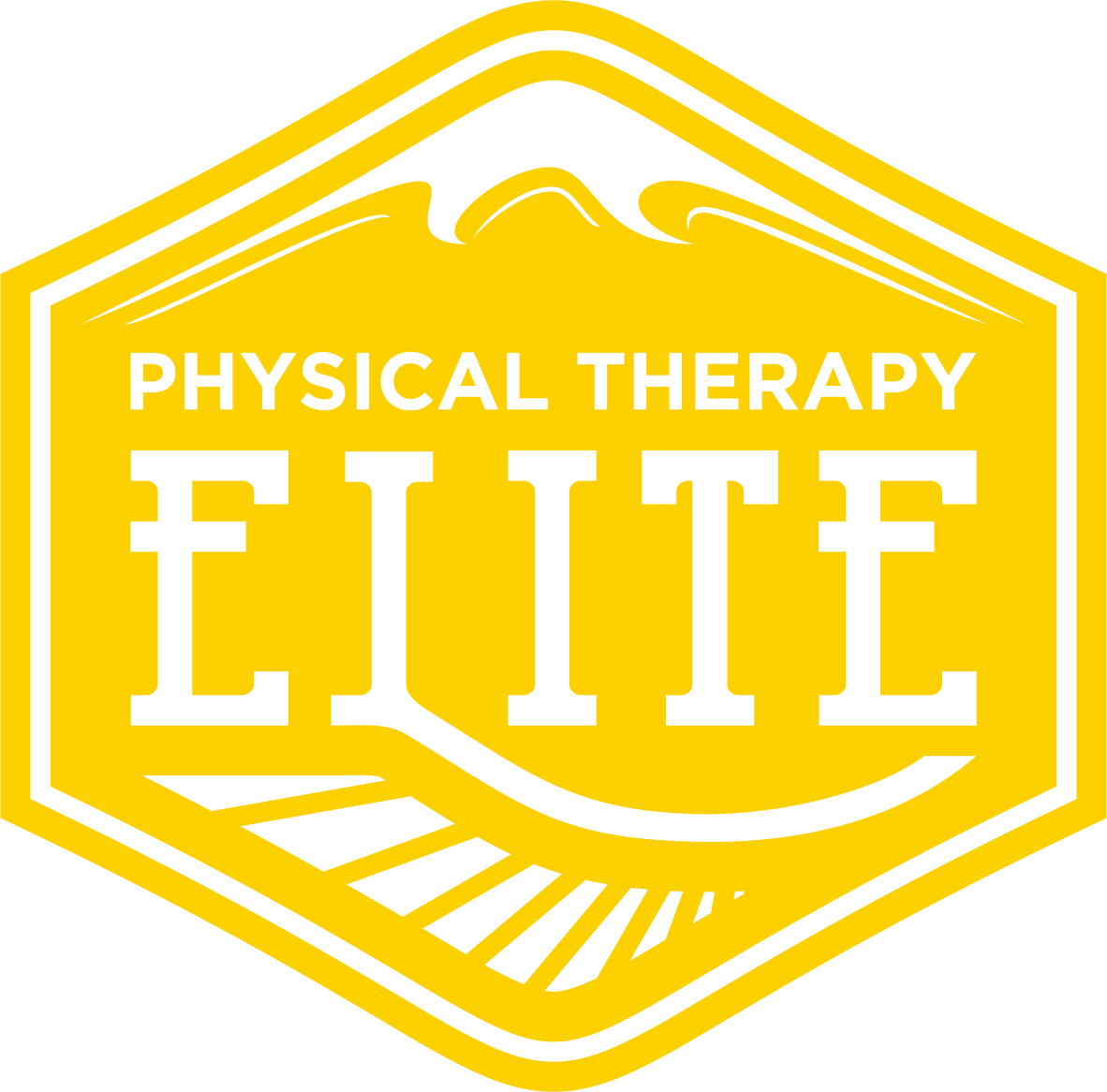In discussing wound care and tissue healing after injury, it only makes sense to add a note on the way soft tissue composition changes as the body ages.
The connective tissue of the skin is composed of collagen and elastin. Collagen offers tensile strength which provides a degree of stiffness and maintains structural integrity. Elastin is exactly that, an elastic tissue that allows for stretch and recoil without deformation.
Skin strength gradually increases by about 25% until the age of 30 and then remains at its strongest from 30-40 years of age. After 40, skin strength gradually decreases due largely to a decrease in blood supply to the skin as well as a slower rate of healing (regeneration).
Myofascial release, massage and skin rolling are all beneficial to promote blood flow to the skin and subsequently maintain optimal skin health. This also prevents adhesions from forming which cause dreaded cellulite. Supplemental collagen can be beneficial in order to maintain the nutrients necessary for the skin to regenerate. The purest form of collagen is powder because it is most rapidly absorbed by the digestive tract and contains none of the additives necessary to make it into a gel capsule or a “gummy”. (We recommend: Great Lakes Gelatin Collagen Hydrolysate)
While on the topic of aging, let’s talk about arthritis.
“Arthritis” is inflammation of a joint. There are two types of arthritis: Osteoarthritis and Rheumatoid Arthritis.
Osteoarthritis (OA) is a degenerative disease - meaning that it occurs gradually over time. OA is usually associated with mechanical wear and tear. Overuse or improper use of a joint (such as the knee for example) results in wearing down of the cartilage. There is debate over how much is too much (i.e. “running will give you arthritis” etc). There is no direct correlation between running and knee OA. However, it is known that the body responds to stress in different ways. Running, strength training (exercise in general) promotes stronger, healthier cartilage as the cartilage gains strength from being loaded and joint movement promotes synovial fluid movement for lubrication. No exercise results in soft, weak joints. Too much exercise (overload) creates too much stress to the point where the body cannot adapt fast enough and instead of an anabolic response (positive building) and catabolic response occurs (breaking down). Equally important is awareness of proper joint alignment - whether it be shoulder, hip, knee, ankle or foot! If a joint is not properly aligned due to weakness or tightness of the supporting musculature, stiffness of the joint capsule, faulty positioning of the joint below (think improper footwear)...the joint will not be able to dissipate force and will wear unevenly and much more rapidly.
“Early Exercise and Protection of the Growth Plates”
“Body Alignment and Posture”
Rheumatoid Arthritis (RA) is a chronic, systemic inflammatory disease. The cause of RA is not definite but it is related to immune system dysfunction. RA does not affect the joint surfaces as much as it affects the joint capsules (the synovium). Inflammation of the synovium leads to the formation of a “granular layer” and migration of “pannus” between the articular surfaces. This “pannus” turns into a tough, fibrous layer of tissue which can eventually ossify. The reason for the pain associated with the process is pretty obvious. SImilar to OA, maintaining strength of the surrounding muscles in order to maintain proper joint alignment will help prevent and/or minimize deformity.
Bone continues to remodel throughout life reaching its maximum strength in men and women between ages 20-29. From here, it is a gradual decline as bone is lost both in strength and amount - it becomes more brittle and less dense. The goal is to truly maximize the strength at its peak so that when the decline starts there is a long way to go before you hit the danger zone. This is especially important for women whose bone density is more dramatically affected by age (largely due to decrease in estrogen).
Ultimately, there is no “magic” pill. As much as we all want quick results and lasting change, it is truly the cumulative effect of exercise (or no exercise), of good nutrition (or bad nutrition), of caring for our bodies (or not caring) that ultimately determines our future health and well-being. Yes there are extraneous circumstances, but even so, everything we do for the better will only offer to benefit.
Create habits. Find balance.

